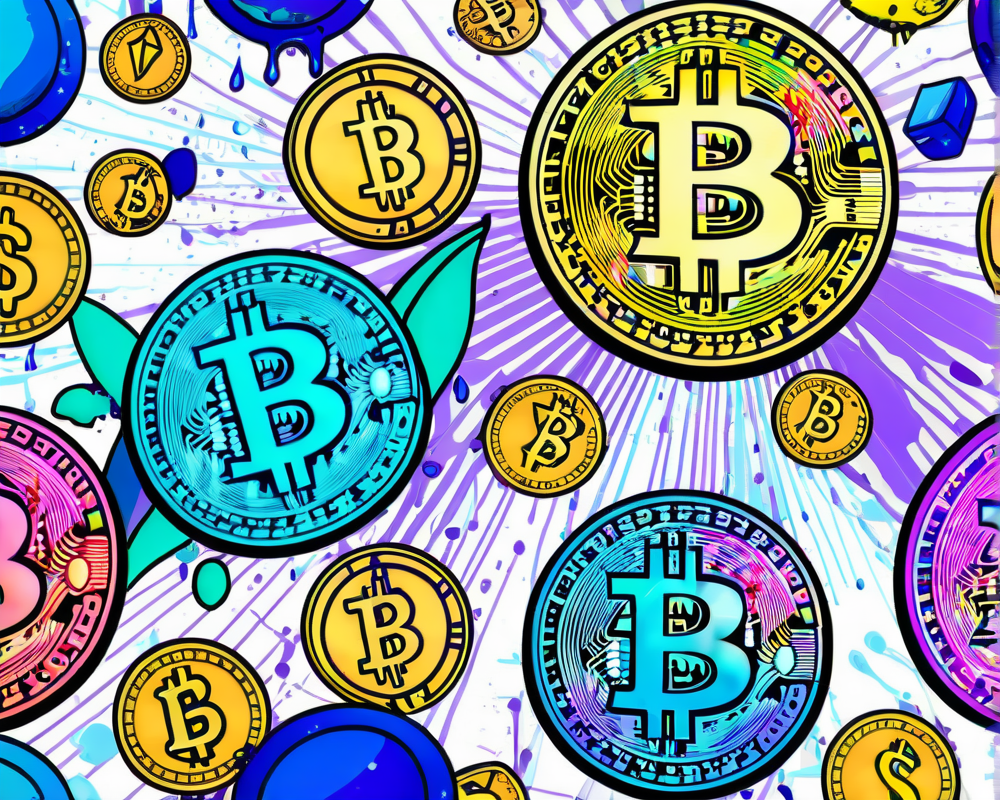The Rise of Digital Assets and the CBDC Debate
On March 11, President Joe Biden made waves with an executive order pushing the Federal Reserve to explore the creation of a U.S. central bank digital currency (CBDC). This comes amidst a skyrocketing digital asset market cap, which blew past a jaw-dropping $3 trillion. Bitcoin, the heavyweight champion of cryptocurrency, accounted for over half of this figure, peaking at a staggering $60,000. That’s a dazzling increase from a mere $14 billion just five years ago. Meanwhile, the U.S. money supply stood at a whopping $20.345 trillion. Seems like money is evolving faster than a toddler with a new toy!
Lynch’s Electronic Currency and Its Unique Features
Fast forward to March 28, and Congress member Stephen Lynch introduced the Electronic Currency and Secure Hardware Act. This novel initiative aims to create an electronic version of the U.S. dollar for everyday Americans. But is this e-cash a type of CBDC? Well, here’s where things get juicy. Experts involved in drafting the legislation argue it doesn’t fit the standard CBDC mold since it would be issued by the U.S. Treasury instead of the Federal Reserve.
- Rohan Grey’s Insight: Assistant law professor Rohan Grey stated the Fed just doesn’t have the power or infrastructure to launch a CBDC, instead promoting an e-dollar that preserves the privacy and anonymity of cash transactions.
- Decentralized Dreams: Unlike typical CBDCs or cryptocurrencies, Lynch’s proposal aims for a solution that values security through hardware rather than ledgers.
Old vs. New: The Banking Landscape in the U.S.
Critics like Senator Elizabeth Warren may wonder why we even need digital money, given that we can already transfer money electronically. But Lynch’s bill suggests a need for an upgrade. The U.S. is still clinging to its “legacy” paper check system, creating hurdles for millions of unbanked and underbanked individuals relying on exorbitantly priced check-cashing services.
- Legacy Checks: Have far less utility than a shiny new digital currency.
- The Cost of Doing Business: Small businesses and individuals suffer from high transaction fees and inefficiency.
The Uncertain Role of the Federal Reserve
The Federal Reserve, while operating under the guise of independence, plays a critical role in shaping the future of digital currency. Chair Jerome Powell has publicly expressed caution and indicated a desire for legislative clarity before venturing into the CBDC debate. Even Fed Governor Randal Quarles has labeled the benefits of a CBDC as “unclear” and highlighted substantial risks involved.
“Bitcoin likely remains a speculative investment rather than a game-changing payment method,” Quarles asserted, reminding us that investing in crypto might not be quite as thrilling as a rollercoaster ride.
The Future: E-Cash and Its Wide-Ranging Implications
While it’s tempting to dismiss the concept of e-cash, it represents a fundamental reshaping of how we think about currency and financial sovereignty. If successful, e-cash could break down barriers that have long restricted access to banking services and redefine federal monetary policy.
- Public Service or Profit-Making Venture? E-cash might shift fund storage and transfer to a public model rather than a fee-based one.
- Concerns About Stability: Legislators fear introducing a national e-currency that could flop, especially during inflationary times. Talk about walking a tightrope!
Conclusion
The discussions around e-cash versus traditional dollars continue to evolve and intertwine. Lawmakers are analyzing the implications of embracing this digital revolution while weighing potential risks. If e-cash makes it past testing and into broader circulation, we might be staring at the future of currency – or another tale of unmet expectations.



